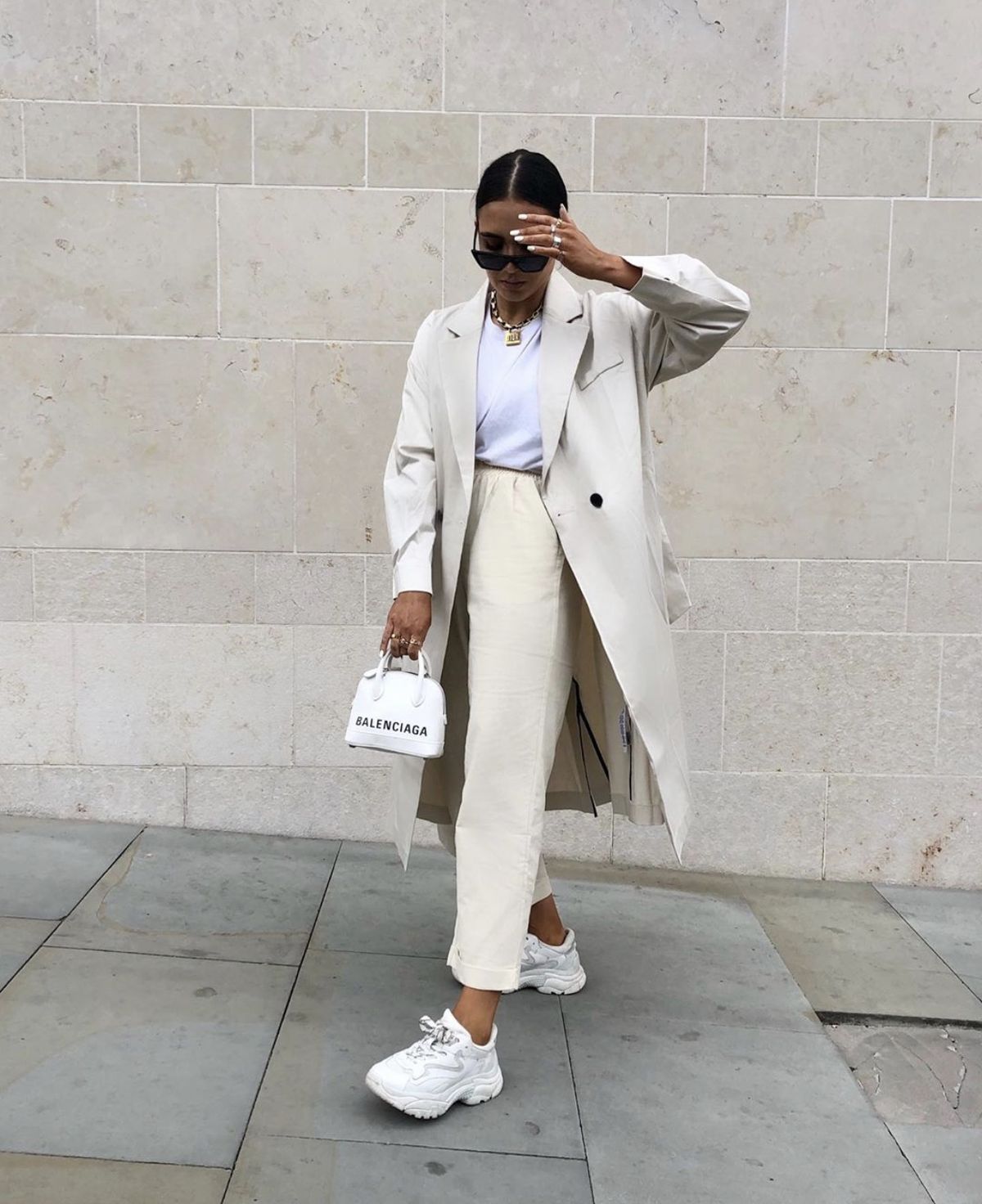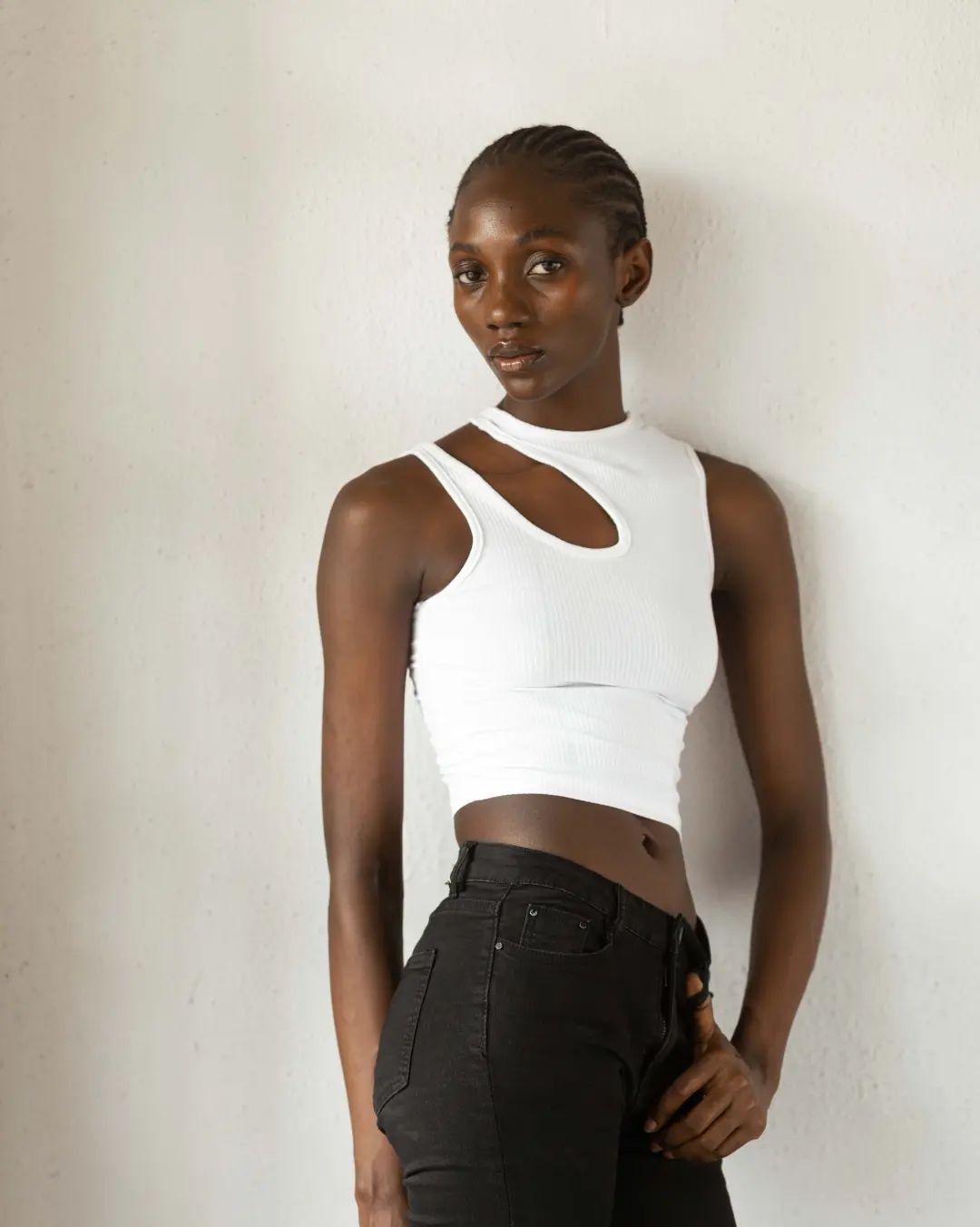If you’ve ever been on a photoshoot or worked with a photographer, chances are you’ve heard the term “model release.” At first, it might sound like boring legal stuff but it’s definitely something you don’t want to ignore. Whether you’re just starting out in modeling or you’ve been in front of the camera for a while, understanding what a model release is can save you a lot of headaches down the road.
What is a Model Release?
A model release is a contract between you and the photographer that specifies exactly how your image can be used. Think of it as your way of maintaining control over your likeness while giving clear permission for specific uses.
In simple terms, a model release is a signed agreement between the model and the photographer (or brand). By signing it, you’re giving permission for your photos to be used in certain ways like in ads, magazines, websites, or even on a billboard. Without this agreement, the images are limited to personal or editorial use.
Your image has value. In most places, you own the rights to your own likeness, meaning others need your permission to use your image commercially. This is your “right of publicity” a valuable asset you should protect.
Think of it as setting boundaries. It spells out what can and can’t be done with your photos.
When You’ll Need One
You’ll sign a model release whenever your image will be used commercially: fashion shoots for brands, product photography, marketing campaigns, stock photography, and social media marketing. The key is “commercial use” if someone plans to make money from your image or use it to promote their business, they need a signed release.
Editorial work (magazine articles, news stories) and artistic photography for galleries typically don’t require releases, but when in doubt, ask about the intended use.
Types of Model Releases
Standard Commercial Release: The most common type, granting broad usage rights for commercial purposes. Terms are often quite broad, so pay close attention to the scope.
Limited Use Release: Restricts usage to specific purposes, time periods, or regions. Example: “Brand X’s summer 2024 campaign in North America only.” Gives you more control but limits the photographer’s options.
Exclusive Release: Grants exclusive rights to one client, meaning you can’t work with their competitors during the exclusivity period. Should come with higher compensation since you’re limiting other opportunities.
Buyout Release: One-time payment covering all future usage rights. You get a larger upfront payment instead of ongoing royalties.
Stock Photography Release: Very broad releases allowing images to be sold to multiple buyers for various purposes. Compensation typically based on volume sales.
Social Media Specific Release: Focuses on Instagram ads, Facebook campaigns, TikTok content, but may restrict traditional media usage.
Test Shoot Release: For portfolio building where no money changes hands. Usually limits usage to promotional purposes for both parties.
Why Does It Matter?
- For photographers and brands: It protects them legally so they can use the photos for campaigns or promotions without running into issues later.
- For models: It ensures your face or image isn’t used in ways you never agreed to. Like selling a product you don’t even like, or appearing in places you weren’t told about.
- For both sides: It builds trust. Everyone knows exactly what’s allowed, which keeps things professional and drama-free.
When Do You Need One?
Pretty much anytime your photos are being used beyond someone’s personal portfolio. For example:
- Commercial ads and marketing campaigns
- Stock photography (like the photos you see on Shutterstock or Getty Images)
- Social media promotions for brands
- Even a photographer’s website, if it’s used to attract clients
What’s Usually in a Model Release?
Most are pretty straightforward. They’ll include:
- Your full name and signature
- The photographer’s name and signature
- Date and location of the shoot
- Details of how your images can be used (print, online, ads, etc.)
- Sometimes a witness signature
Key Terms to Understand
When reviewing any release, pay attention to:
- Usage Rights: Specific campaign vs. unlimited commercial use
- Duration: One year vs. forever
- Geographic Scope: Local, national, or worldwide
- Media Types: Photography only vs. video, digital, social media
- Exclusivity: Can you work with competitors?
Protecting Yourself
Remember, you can negotiate release terms. If unlimited usage makes you uncomfortable, ask for limitations. If the duration seems too long, request a shorter term. Professional photographers often work with reasonable requests.
Always ask for copies of final images for your portfolio. Be wary of overly broad releases with phrases like “any purpose whatsoever”—these should prompt specific questions about intended usage.
If you’re under 18, a parent or guardian must sign, and these agreements often have additional protections.
Red Flags to Avoid
- Pressure to sign without reading time
- Releases that don’t clearly identify who gets the rights
- Verbal promises that contradict written terms
- No explanation of how your image will be used
Social Media Considerations
Your image can potentially reach millions through social media and generate significant value. Make sure your release addresses digital platforms specifically. Ask whether you’ll be tagged or credited. Some models prefer this for portfolio building, others prefer privacy.
Professional Approach
Keep copies of all signed releases to track what rights you’ve granted to whom. This helps manage your career and avoid conflicts with competing brands.
Consider consulting with an entertainment lawyer if you’re working regularly. Join modeling communities where experienced models share advice about release terms and industry practices.
Your Choice
Remember, signing a model release is your choice. You’re not required to work with anyone or agree to terms that make you uncomfortable. Your image has value, and you have the right to control how it’s used.
Understanding model releases empowers you to participate in the industry as an informed professional. By approaching them thoughtfully, you’re not just protecting yourself legally but you’re establishing yourself as someone who takes their career seriously.
Your face, your likeness, your career , make sure the model releases you sign reflect the professionalism you bring to every shoot.





